Design flaws and structural issues, including relating to unsafe materials, could force a rethink of the LNG import terminal at Vasiliko, taking the project back to square one or even scrapping it altogether, it emerged on Monday.
The latest claims come after television channel Omega last week reported on “design and materials issues” with the project.
“There are very serious technical issues, which make it impossible to continue the work at this time. That is why the work on the pier has been at a standstill for months and no timetable has been given by the authorities for the completion of the work,” Omega quoted a source as saying.
It added that the project manager is “preparing a comprehensive report” which will be delivered to natural gas infrastructure company Etyfa or to the energy minister in September.
The new project manager is a subsidiary of Technip SA, a French company. The outfit was hired by Etyfa in May to assess the project from scratch and also draw up the terms of new tenders for work at Vasiliko that is half-completed.
Omega’s report prompted Energy Minister George Papanastasiou to state on Saturday that the government is engaged in “damage limitation” from the troubled LNG project which has to date cost taxpayers approximately €320 million. In March this year, the government requested an additional €70 million.
On the back of Omega’s report, a former official at the Transmission System Operator (TSO) confirmed over the weekend the poor state of the LNG project.
In an article in Politis, former TSO director Christos Christodoulides revealed that the sub-contractor hired to build the jetty at Vasiliko has declined to take responsibility for the materials and infrastructure equipment as they require repair and/or remanufacture.
If the subcontractor is refusing to undertake responsibility, how will the government find new bidders to do the same, Christodoulides asked.
Secondly, the project manager could decide that infrastructures at Vasiliko need to be built from the beginning given the lack of certification for certain equipment and materials used so far.
This information was relayed to the Cyprus Mail about a month ago. Sources close to the matter, who wished not to be named, told us then that some of the gear ordered by the former Chinese-led consortium had not been issued safety certificates.
This included, for example, high-pressure valves for the natural gas. Our sources indicated that the Chinese contractor – CPP-Metron Consortium – had cut corners when ordering parts.
In his article, the TSO’s Christodoulides suggested the entire LNG import project could now be in limbo.
And he proposed that natural gas could instead be piped from the offshore Aphrodite reservoir in Block 12 of the exclusive economic zone.
This would involve building a pipeline from the reservoir to the existing infrastructures at Vasiliko – known as a ‘tie-back’ – and then a filtration facility before the gas is fed to the nearby power plant.
It would take only about 0.6 billion cubic metres of natural gas a year to cover the island’s electricity needs, Christodoulides said.
This, he stressed, might be the optimal ‘Plan B’ to start using natural gas for electricity generation as soon as possible, given that no one knows when the LNG project will be finished, if at all.
However, that would mean the government renegotiating with the Aphrodite concession holders the development plan for the gas field.
Early last week, and even before Omega ran its story, the energy minister had hinted at a rethink of the entire LNG project, speaking of a possible “course correction”.
The LNG terminal contract was awarded in 2019 with a 24-month deadline for completion.
The Chinese-led consortium subsequently submitted four delivery timetables, all missed – September 2022, July 2023, October 2023 and lastly July 2024.
In July of the same year the Chinese contractor tore up the contract, citing insurmountable differences with the Cyprus government and claiming unpaid invoices.
The floating, storage and re-gasification unit (Fsru), an integral part of the project, is still docked in a port in Malaysia undergoing fitting.

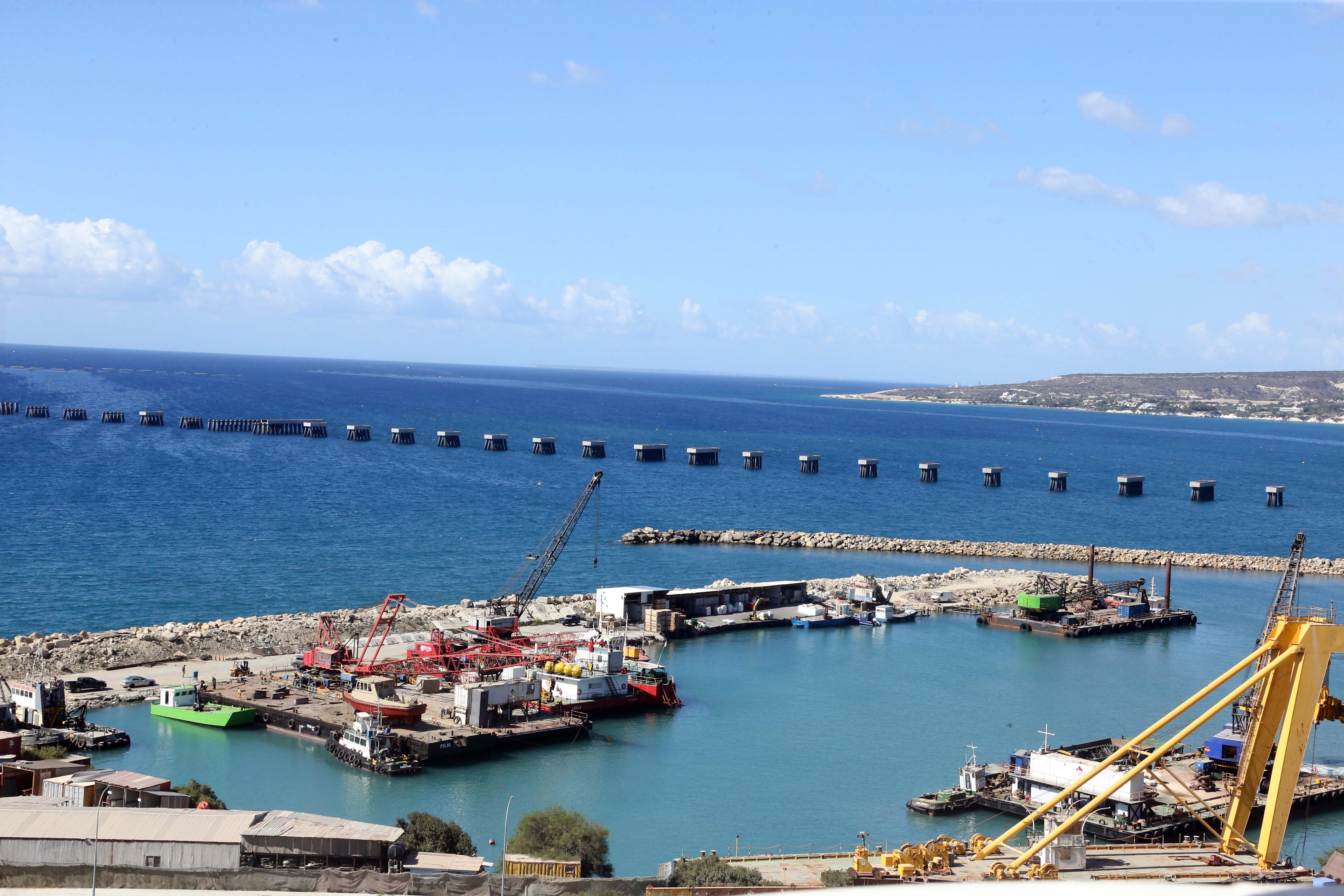
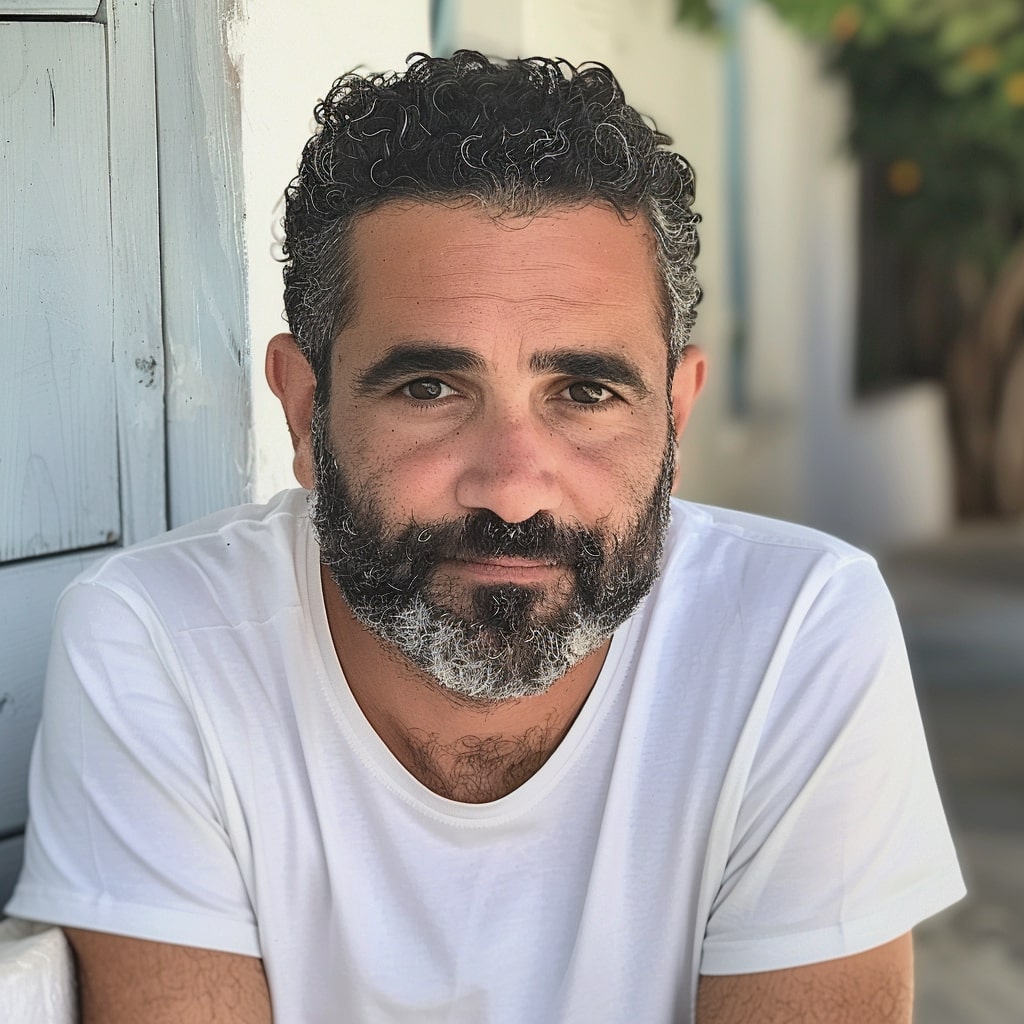
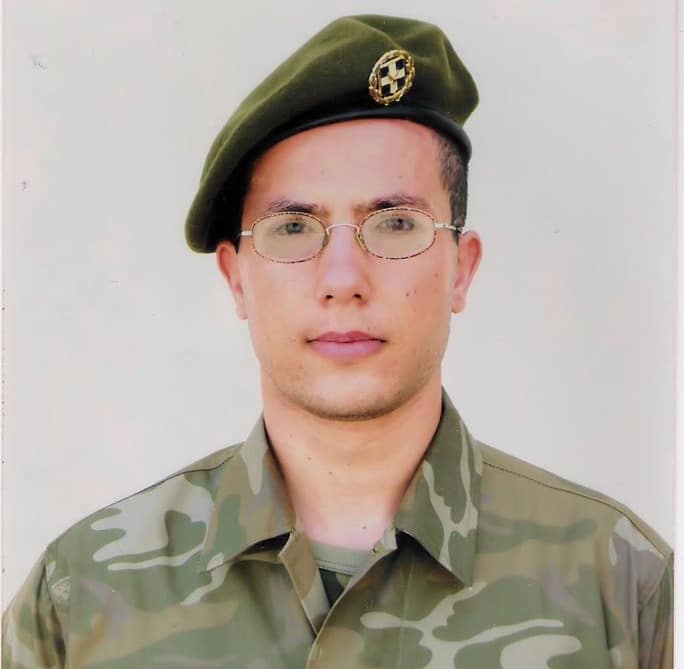
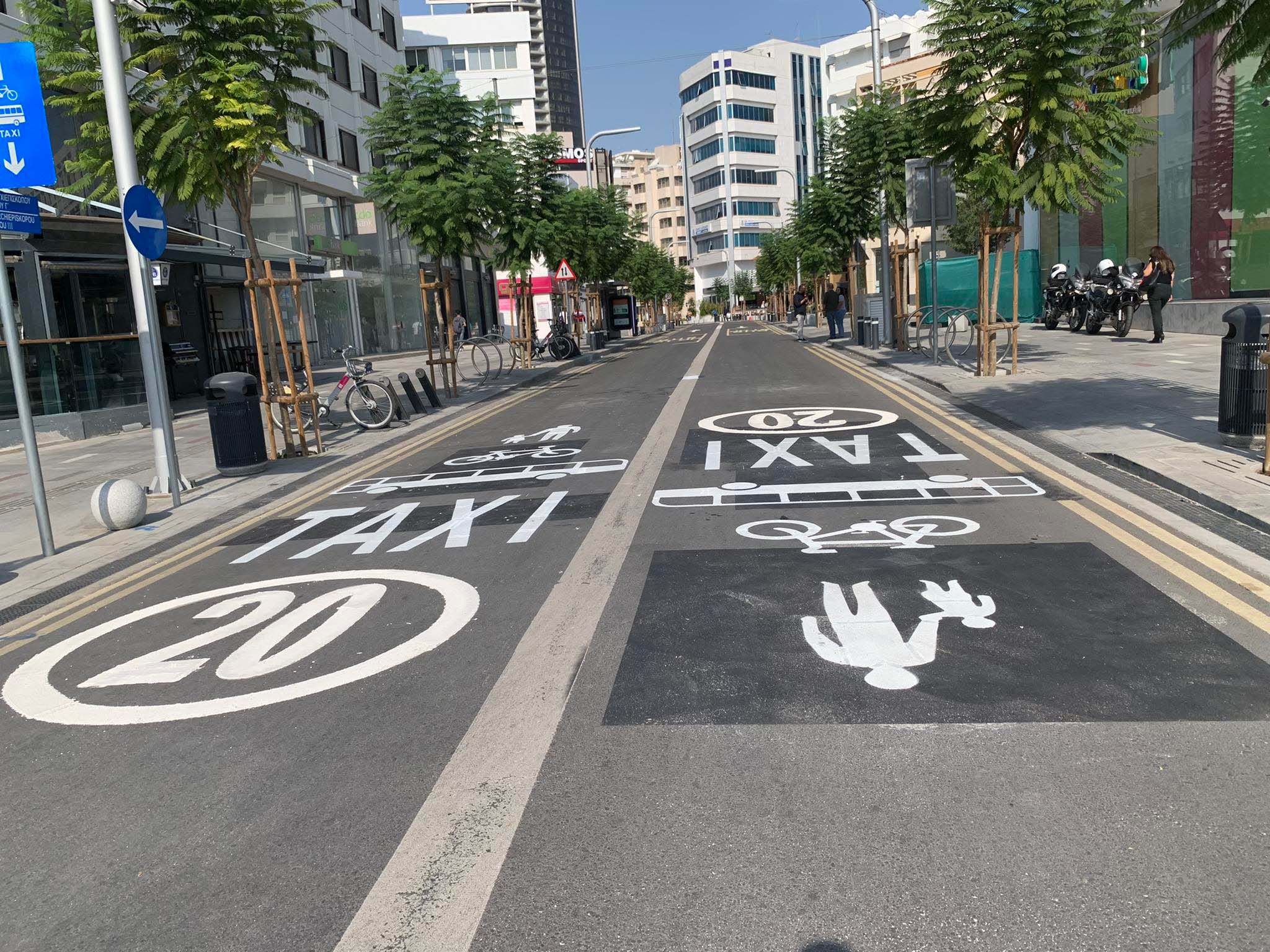
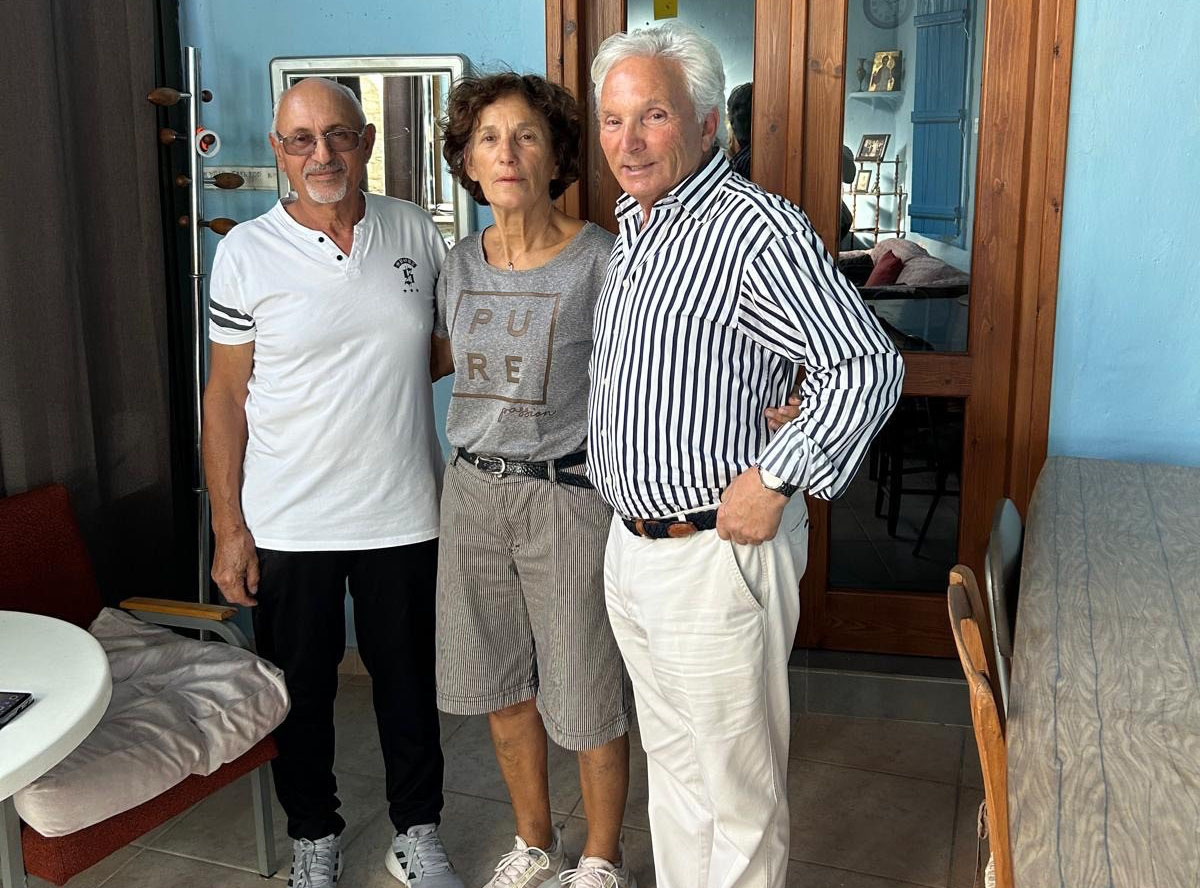
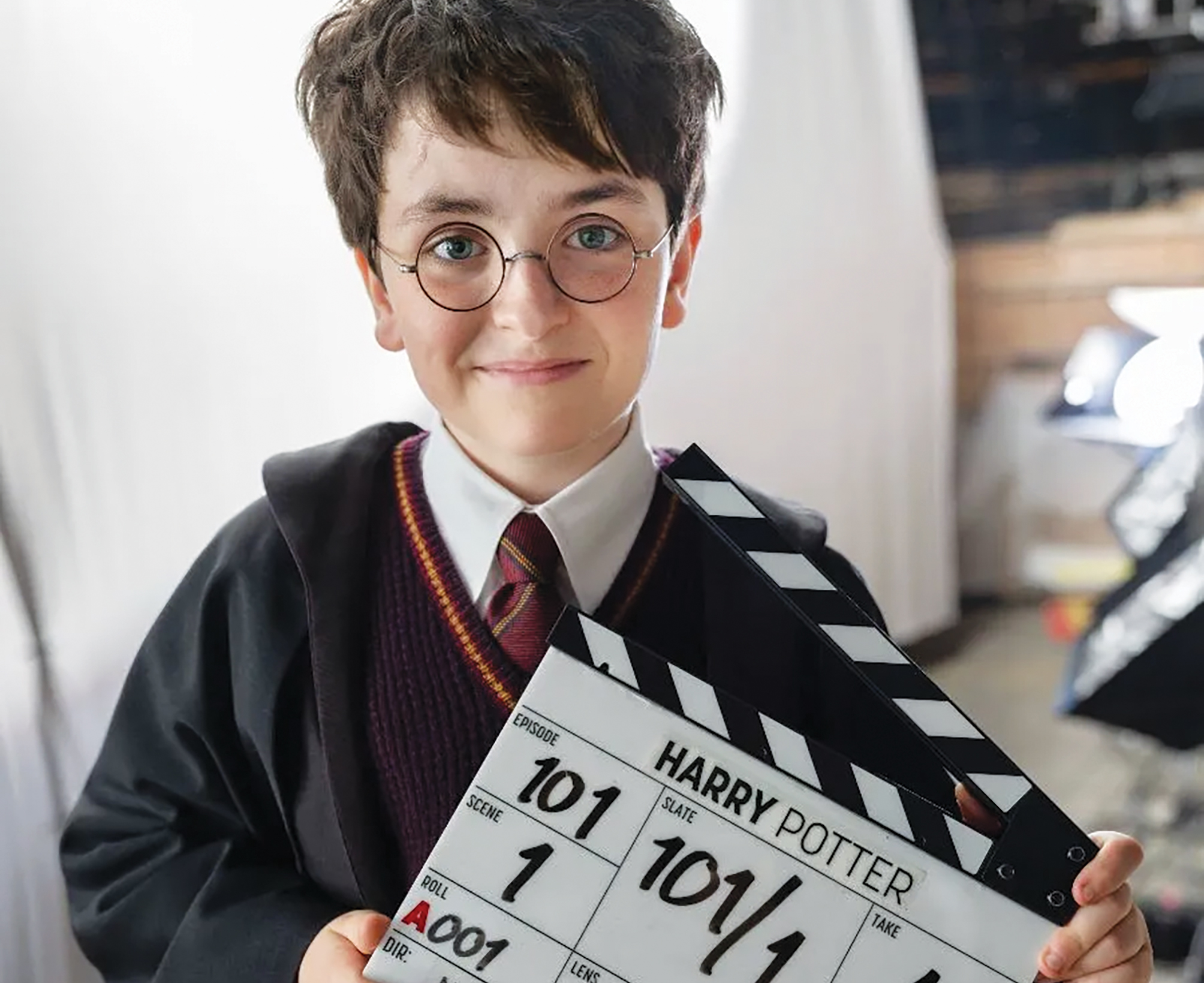
Click here to change your cookie preferences